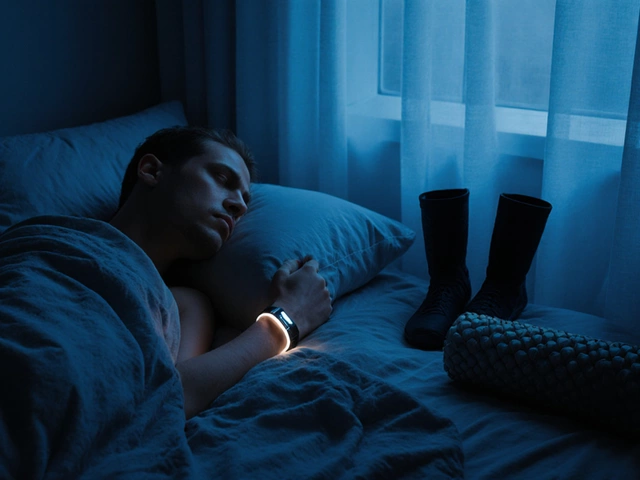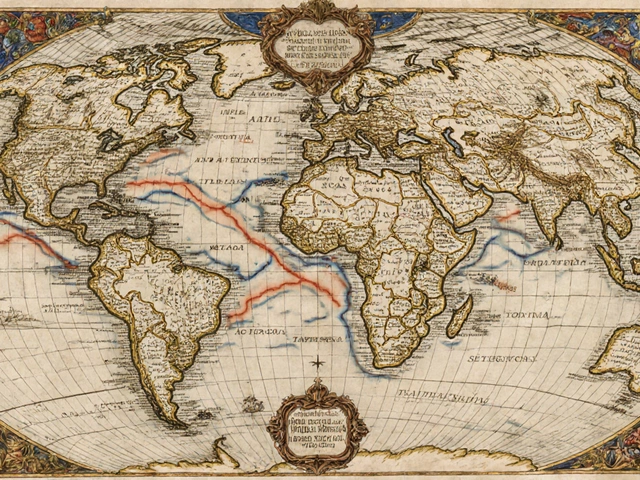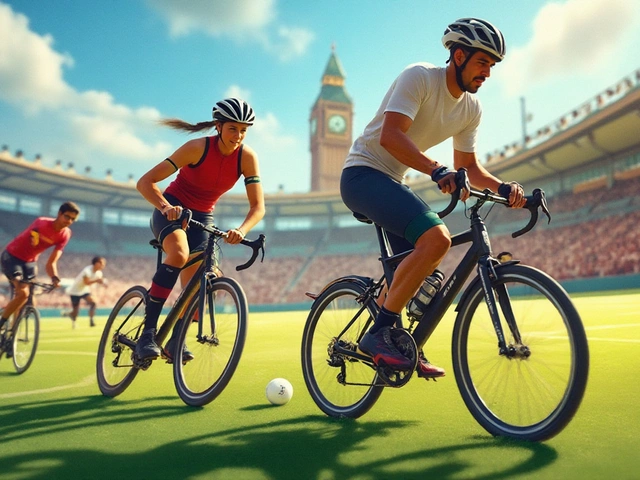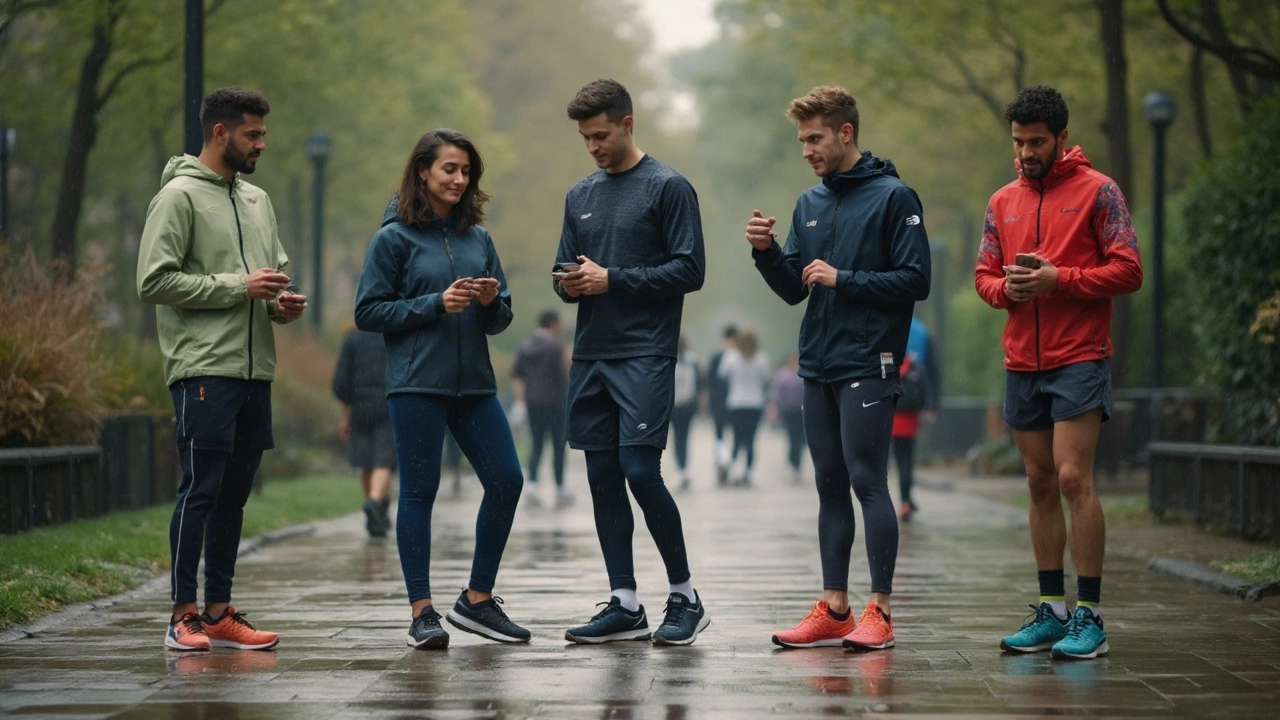
Running Shoes June 1, 2025
Which Brand Is Good for Running Shoes? Honest Guide for Your Next Pair
Ever wonder why everyone’s obsessed with certain running shoe brands? It’s not just hype—your shoes can seriously make or break your run. And the thing is, not all big names feel the same on your feet.
Before you even look at price tags or colors, ask yourself what you need: extra cushioning, a lightweight feel, or maybe more support for flat feet. Some brands lead in tech and support, while others shine with comfort or value. For example, Nike pumps money into cutting-edge foam and flashy designs, while Brooks zeroes in on stability and a glove-like fit. Adidas goes for responsiveness, perfect if you want a little spring in your step. Meanwhile, brands like Hoka make you feel like you’re running on marshmallows—less joint pain, more bounce.
Here’s a tip: Don’t just follow the crowd. Try shoes on in the afternoon when your feet naturally swell, and don’t be shy to jog around the store if they’ll let you. The best brand for someone else might not be the best for you, but knowing what each does well helps you make a smarter pick.
- What Sets Top Running Shoe Brands Apart?
- Brand Breakdown: Strengths and Weaknesses
- Fit and Comfort: What Matters More Than Brand
- Smart Shopping Tips for Runners
What Sets Top Running Shoe Brands Apart?
It's easy to think running shoes are all the same, but big brands pour a ton of expertise into what they do. What really separates them? Key things like midsole technology, fit, durability, and who their shoes are designed for. Some brands cater to everyday joggers, others focus on marathoners and pros. They don't just slap a logo on and call it a day.
For example, Nike’s signature foam, ZoomX, is super lightweight and claims up to 85% energy return—meaning it gives a noticeable “pop” with each step. Brooks, on the other hand, is famous for its GuideRails system, which helps keep your stride steady and avoid knee pain. Adidas rolls with the Boost foam, which exploded after record-breaking marathon wins, and Hoka cranks out thick midsoles that reduce pounding on your joints.
- Running shoes from each brand use different lacing systems, mesh uppers, and shapes to match a variety of foot types and running styles.
- Some brands focus on wider toe boxes (like Altra), which is a game-changer if you hate cramped toes.
- Others, like ASICS, are known for their injury-prevention tech, especially popular with runners rehabbing from stress injuries.
Check out the quick comparison below—just real facts, no marketing fluff:
| Brand | Signature Tech | Best For | Typical Price Range (USD) |
|---|---|---|---|
| Nike | ZoomX foam, Flyknit | Speedwork, racing | $110–$300 |
| Brooks | GuideRails, DNA Loft | Daily running, stability | $100–$180 |
| Adidas | Boost foam, Primeknit | Responsiveness, marathons | $100–$250 |
| Hoka | Cushioned midsoles | Long runs, joint relief | $125–$220 |
| ASICS | GEL cushioning | Injury-prone runners | $90–$200 |
So when someone brags about their shoes, it’s not just the logo—it’s these little details that might give them an edge (or at least keep their feet happier on that third mile).
Brand Breakdown: Strengths and Weaknesses
Alright, let’s get real about brands. Not all running shoe companies do everything perfectly, and what works for your gym buddy might annoy you after a mile. Here’s the real scoop on the heavy hitters in the running shoes game.
Nike stays in the spotlight for a reason. Their ZoomX foam is ultra-light and springy, which explains why so many marathon winners stick with them. But, some runners find Nike’s narrow fit and higher price tags a pain. Plus, not every model is built for distance—we’ve seen durability concerns, especially with the super-light racer shoes.
Brooks is famous for their cushioned, stable ride. Think about the Brooks Ghost or Adrenaline GTS—these shoes are like reliable buddies, made for comfort and support. Brooks shoes are often wider and roomy, so they work well if you hate cramped toes. On the other hand, the style tends to be boring, and they’re not the lightest on the rack.
Adidas shows up big for runners who like a snappy feel. Their Boost midsole really lasts and feels bouncy run after run. Many Adidas shoes are a good value compared to Nike, but sometimes runners with wide feet find them tight up front. Also, some Adidas models can run heavy.
Hoka One One launched the whole “max-cushion” trend. Hokas are loved by folks who want plush rides and less pressure on their knees or hips. But let’s be honest, the oversized look can turn people off, and some say Hokas don’t feel as stable on quick turns.
ASICS is the overachiever in stability. You see loads of beginners and folks with flat feet wearing Kayano or GT models. The support tech is top-notch, but ASICS shoes can feel a bit stiff when you’re trying to push the pace. Plus, if you want super lightweight, you may have to look elsewhere.
| Brand | Known For | Common Complaints | Price Range (USD) |
|---|---|---|---|
| Nike | Cutting-edge tech, speed, elite athlete favorites | Narrow fit, price, some durability issues | 100-275 |
| Brooks | Comfort, stability, wide sizes | Plain looks, heavier builds | 100-170 |
| Adidas | Bouncy feel, value, long-lasting midsoles | Slim toe box, some models are heavy | 90-250 |
| Hoka | Max cushioning, joint comfort | Chunky look, can feel unstable | 120-230 |
| ASICS | Arch and stability support, beginner-friendly | Stiffer feel, heavier than some brands | 90-220 |
Bottom line: Brands all have their quirks. Try on a few, focus on what feels good on your foot, and don’t be afraid to step outside the most popular choices if the fit isn’t right.
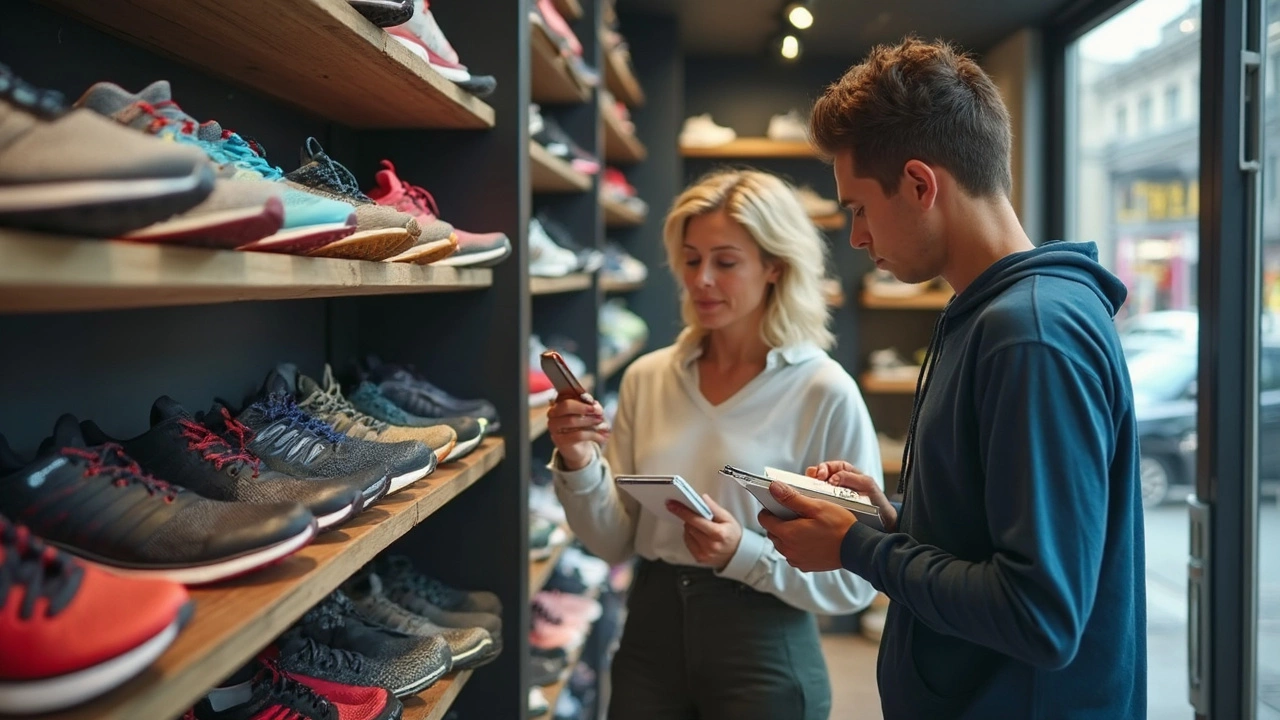
Fit and Comfort: What Matters More Than Brand
You’d think picking the right running shoes is all about the brand, but that’s not the full story. Comfort and fit win every time. Ask any running coach or podiatrist—if your shoes don’t feel right, you’ll notice halfway through your first mile.
Shoe size isn’t universal between brands. One brand might run narrow; another might be more forgiving for wide feet. For example, New Balance is known for wider options, while Nike usually fits more snug. Brooks and Asics build their shoes to hug your heel so you don’t slide around, but Hoka gives some wiggle room up front and more softness underfoot.
Here’s what you need to focus on when checking fit and comfort:
- Toe Room: You want about a thumb’s width of space between your longest toe and the front of the shoe. This keeps you from smashing your toes on downhills.
- Heel Lock: The heel should feel snug with zero slipping. If your heel pops up and down, you risk blisters.
- Arch Support: Pay attention to how the arch feels. Too high or too low, and you’ll notice aches fast. Try brands like Saucony or Brooks if you need that extra support.
- Breathe-Easy Uppers: A mesh upper means more airflow. Adidas and Asics often nail this, cutting down on sweaty, overheated feet.
The worst mistake? Buying shoes because of looks, reviews, or because your friend swears by them—without trying them on. Real comfort is personal. The same pair that feels great for a marathoner with flat feet might be terrible for someone with high arches. Always test the fit with your usual socks, and if the store has a treadmill or a track, even better.
Remember, running in uncomfortable shoes doesn’t just feel bad—it can mess up your knees, shins, and even your lower back. So chase comfort first, not just logos.
Smart Shopping Tips for Runners
Getting the right pair of running shoes can feel like a headache, but it doesn’t have to be. Here’s what actually matters when you’re staring at aisles of options or endless online listings.
- running shoes should fit your feet today—not after “breaking in.” If they pinch, rub, or feel off in the store, they’ll feel worse during your run. Your toes need a solid thumb’s width of space at the end.
- Don’t trust your old shoe size. Feet change over time, and each brand can fit a little differently. Bring the socks you run in and measure both feet. Go with the size that fits your bigger foot.
- Keep your running style in mind. If you tend to land on your heel, you might want more cushioning. Neutral runners can pick from most shoes, but if you overpronate, choose shoes with extra stability or a firmer arch.
- Look for return-friendly stores or brands. Lots of places, like Brooks and Hoka, let you test drive shoes for 30 days—even outside. If you hate them after a few runs, send them back.
- Don’t get fooled by trends or colors. Avoid last year’s model shame—those are often discounted and use the same tech as the “new” models.
If you can, shop late in the day when your feet are at their largest. Bring any insoles or orthotics you use. And if you’re stuck deciding between two pairs, try wearing one on each foot and jogging around the store a bit. Comfort almost always wins over brand loyalty.
